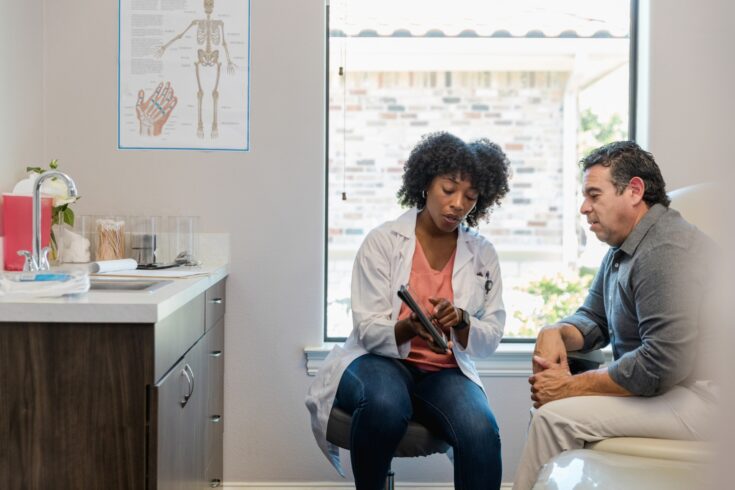Artificial intelligence (AI) could soon be used to help save the lives of cardiac patients by enabling doctors find the correct treatment.
While subcutaneous or under-skin cardiac defibrillators (S-ICDs) can be much more effective than traditional pacemakers, they are not suitable for every patient and can cause harm to a minority.
Mathematicians at the University of Southampton have found a way to use a branch of AI called machine learning. This crunches through huge amounts of heart activity data and finds the patterns that show who could benefit from an S-ICD.
New Horizons funding
The project is one of more than 100 funded by the Engineering and Physical Sciences Research Council (EPSRC) through its ground-breaking New Horizons programme. The piloted scheme supports adventurous, high-risk research.
S-ICDs work by shocking patients whenever they detect a need to restore their heart’s natural rhythm. But, the electrical activity in some patient’s hearts can trigger unnecessary and potentially harmful shocks.
Finding the best treatment
The established method of identifying whether or not a patient is suitable for an S-ICD involves testing their heart activity for a few seconds with an electrocardiogram. This method can miss the electrical waves that might cause unneeded shocks, meaning S-ICDs could be given to patients for whom they aren’t appropriate.
In order to reduce these errors, the team from the University of Southampton worked with cardiology researchers at Southampton General Hospital to collect and prepare data gathered from 37 patients. They then used a technique called phase space reconstruction to display this data as a diagram.
AI improves cardiac outcomes
This was used to train a deep learning model to recognise the patterns in heart activity that would establish whether a patient would or wouldn’t benefit from a S-ICD.
From this they created a tool that can be used to automatically screen patients and provide an in-depth description of their heart’s behaviour.
The researchers hope it will soon be approved for use in hospitals so cardiologists can begin making better-informed decisions on behalf of their patients.
Transforming lives using maths
Dr Alain Zemkoho, Associate Professor at the University of Southampton, said:
Maths can solve real-world problems. The potential for the tool is very high. We hope it can make a difference to people and improve their health outcomes.
Jane Nicholson, Director for Research Base at EPSRC said:
This is an excellent example that illustrates the way mathematical sciences research can transform lives and help create a healthier, more prosperous society for everyone.
It is fantastic to see the way our New Horizons scheme has helped fund and fuel this innovative research project.
Investing in high risk, high reward science
New Horizons stimulates creativity within the research community, to give researchers time and space to test out their speculative ideas.
Other projects funded include Dr Jan Sieber and Dr Bert Wuyts work at the University of Exeter using advanced mathematical models to develop new strategies for reforestation and preventing the Amazonian rainforest from collapse.
While at the University of Nottingham, Dr Gabriele Gradoni is designing a system of electromagnetic mirrors. These can be used to protect electronic devices such as smartphones or computers from threats such as attack by electromagnetic pulse or data theft.

